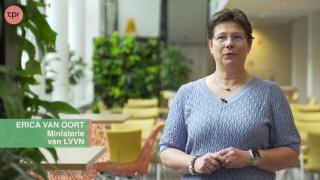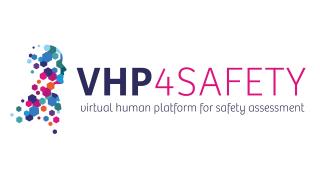Characterisation and cytotoxicity assessment of Helleborus with NAMs
Helleborus sp. is a member of the Ranunculaceae family, and are small, perennial herbs common in Central and Southern Europe and Asia. Their distribution in Europe elevated their position in therapeutic remedies since the ancient time and mythology. Due to their potent and rich extracts from their roots, hellebores have been used in traditional and folklore remedies as they present rich sources in glycosides. Mainly, these plants have exhibited cathartic, anthelmintic and other beneficial aspects to treat diseases, however, hellebores have also been known for their adverse and poisonous aspects. It is also because of their cytotoxic aspect that these species have also been explored as alternative approaches to cancer treatment and are mainly reported as sporadic patient cases in literature. In this study, we first focused on the phytochemical characterisation of Helleborus odorus subsp. cyclophyllus combining biochemical assays and a detailed characterisation of its antioxidant and antibacterial properties. Furthermore, regarding its toxic potential, we explored the cytotoxic toxic properties and the mechanisms of toxicity mediated effects using in vitro cell systems primary human aortic endothelial cells (HAECs). HAECs are useful for studying vascular diseases such as thrombosis, atherosclerosis, and hypertension as well as for stent-graft compatibility testing and within the 3Rs principles, avoiding animals in these studies. Results showed the cytotoxic and reactive oxygen species potential of Helleborus extract in dose and time dependent manner. Further investigation (not shown here) revealed more mechanistic effects relevant to inhibition of proliferation.
Contact: https://www.researchgate.net/profile/Anna-Michalaki
New

Helpathon #12 – Can you help Erica?

The NAM Navigator: A unique repository for information on the validation and acceptance of New Approach Methodologies
